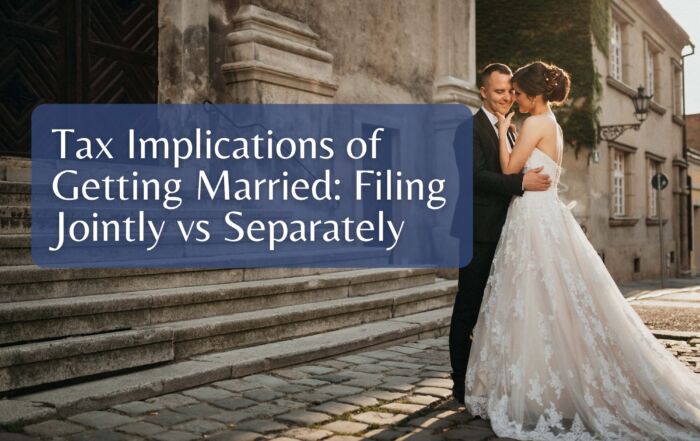Inherited IRA: Avoiding the New 10-Year Rule

The SECURE, Setting Every Community Up for Retirement Enhancement, Act of 2019 significantly changed many rules and regulations for retirement accounts like 401ks and IRAs. One such change now mandates that non-spousal IRA beneficiaries, such as children or relatives, must deplete any inherited accounts within 10 years. As we have discussed in previous blogs and podcasts, this has significant implications for retirement and estate planning.
Stretch IRA
Previously, you had the option to set up what was called a “stretch IRA.” This allowed for smaller Required Minimum Distributions (RMDs) to be withdrawn based on your beneficiary’s own life expectancy. In return, this meant less of the investment ended up as taxable income and more of it remained in the account to continue growing tax free. With the new law, the account does not require RMDs, but states that the account must be depleted by year 10. Exceptions to the new 10-year rule include the Eligible Designated Beneficiaries, or EDBs, who can still use the stretch method. This includes the spouse, minor children of the deceased IRA owner or plan participant, disabled, chronically ill, or beneficiaries who are not more than 10 years younger than the deceased IRA owner.
IRA Beneficiary: Charitable Remainder Trust (CRT)
In light of these changes, an often-overlooked option has gained popularity among those with larger balances and/or those who are charitably inclined—namely, designating a Charitable Remainder Trust (CRT) as the IRA beneficiary. When a CRT is initially set up, two beneficiaries get listed, the person receiving the income for life and then the charity to receive the remainder after their passing.
This option can be drafted one of two ways either the charitable remainder unitrust (CRUT) or the charitable remainder annuity trust (CRAT). Payment from a CRUT is based on a percentage of assets, of at least 5% valued annually, while a CRAT is setup for fixed payments. The use of a CRT allows more of the account to be distributed to a beneficiary over their lifetime while also providing significant amounts to charity. Keep in mind that the amount of the charity’s remainder interest must be at least 10% of the value of the trust at its inception so these are usually more suitable for beneficiaries who are more middle aged and higher income earners themselves.
As an example, let’s say a 50-year-old woman inherits an IRA with a balance of $400,000. Under the new SECURE Act, she will be required to withdraw that full balance within 10 years. She could withdraw one amount every year, every few years, or wait to take it all as lump sum in year 10. If she takes approximately 1/10 in year one, $40,000, and she is in the 22% tax bracket, she will pay around $8,800 in additional income tax for that year. And a similar scenario will play out each year moving forward depending on the performance of the account until its required depletion date in year 10.
CRT Withdraw Strategy
This withdrawal strategy differs when a CRT is listed as the beneficiary of the $400,000 IRA. The CRT would receive the full value of the account and then the beneficiary would receive a fixed number of payments for the lesser of her lifetime or 20 years. The trust is invested so hopefully it grows an income of say $4,000 after expenses. In the first year, if the beneficiary listed in the CRT receives 7% of the total amount, or $28,000, then $4,000 is attributed as income earned by the trust. Of that distribution, the beneficiary will pay only $880 in additional income tax ($4,000 x 22%). The tax savings is even more dramatic if the beneficiary is in a higher tax bracket.
Downsides to Using a CRT
There are some downsides to using a CRT over the typical individual beneficiary designation. First, you must pay an estate attorney to initially draw up the trusts and this can be costly. Second, you would need to have a CPA help you with the amount of income distributed, and the annual maintenance and filing fees. Additionally, if the initial beneficiary passes away soon after inheriting, the full amount goes to the listed charity and cannot be passed on to any other family members. However, setting up a CRT can be beneficial if you have a large IRA balance, you have children who are middle aged and high-income earners, and you are charitably inclined. Given the changing rules and regulations for inheritance and retirement, a CRT is certainly worth discussing with a team of financial advisors, CPAs, and Tax Attorneys.
Matthews Barnett, CFP®, ChFC®, CLU®
Financial Planning Specialist
Share This Story, Choose Your Platform!
Wiser Wealth Management, Inc (“Wiser Wealth”) is a registered investment adviser with the U.S. Securities and Exchange Commission (SEC). As a registered investment adviser, Wiser Wealth and its employees are subject to various rules, filings, and requirements. You can visit the SEC’s website here to obtain further information on our firm or investment adviser’s registration.
Wiser Wealth’s website provides general information regarding our business along with access to additional investment related information, various financial calculators, and external / third party links. Material presented on this website is believed to be from reliable sources and is meant for informational purposes only. Wiser Wealth does not endorse or accept responsibility for the content of any third-party website and is not affiliated with any third-party website or social media page. Wiser Wealth does not expressly or implicitly adopt or endorse any of the expressions, opinions or content posted by third party websites or on social media pages. While Wiser Wealth uses reasonable efforts to obtain information from sources it believes to be reliable, we make no representation that the information or opinions contained in our publications are accurate, reliable, or complete.
To the extent that you utilize any financial calculators or links in our website, you acknowledge and understand that the information provided to you should not be construed as personal investment advice from Wiser Wealth or any of its investment professionals. Advice provided by Wiser Wealth is given only within the context of our contractual agreement with the client. Wiser Wealth does not offer legal, accounting or tax advice. Consult your own attorney, accountant, and other professionals for these services.





